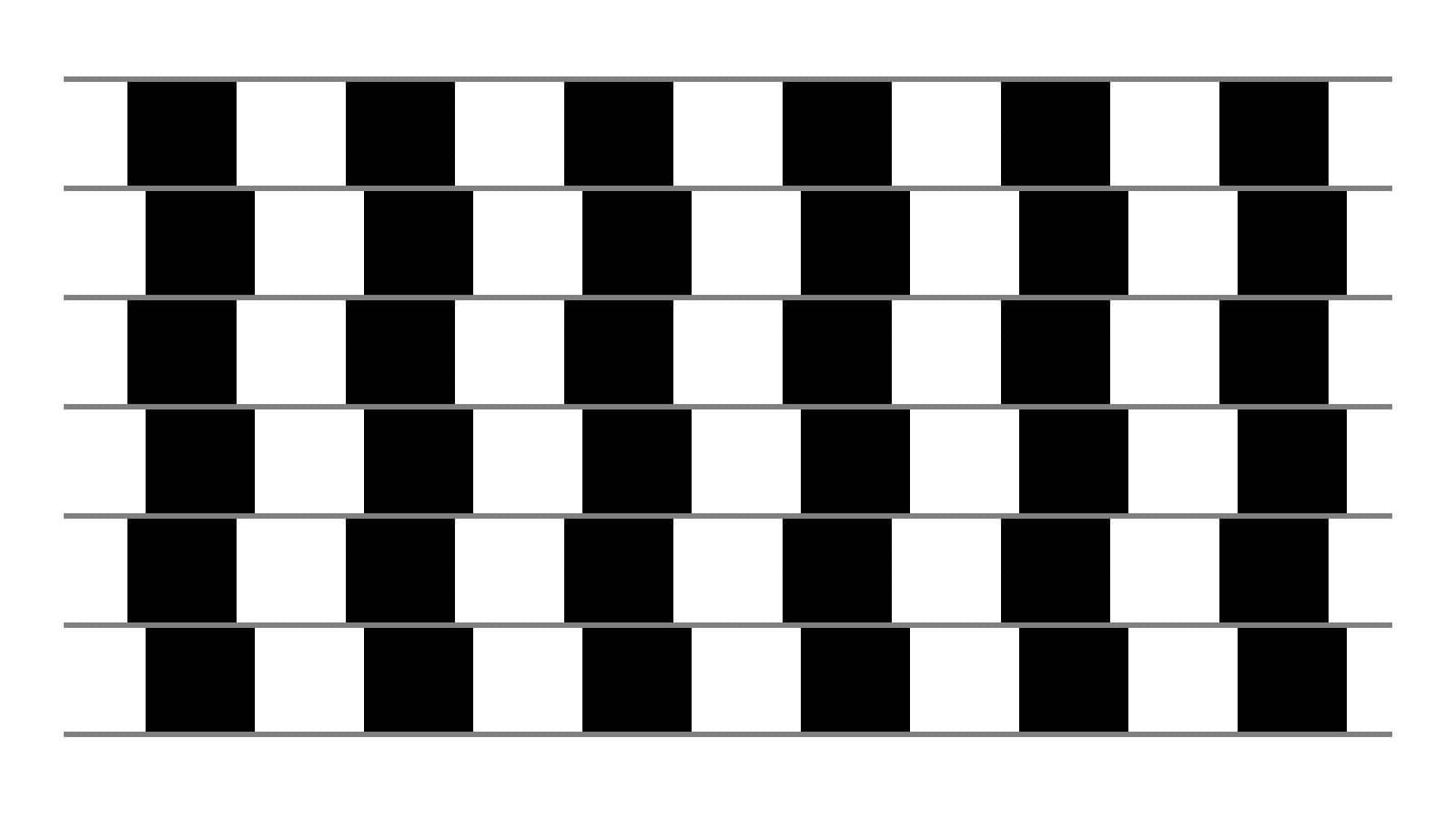Refresh your knowledge – cognitive bias definitions
Anchoring
In a study, two groups of people were asked the same question: what is the height of the tallest sequoia tree on Earth? One group was asked, “Is the highest sequoia taller than 366 meters?” The other group, “Is the highest sequoia taller than 55 meters?” The answer difference in these groups is overwhelming. Group 1’s average guesstimation of height was 257m. Group 2 – 86m.
We’ll save you the Google search; it’s 87.2m.
Priming
Your past impressions form a bias for your next steps, conclusions, and thoughts. One group of students were asked to make a sentence out of the words “old, weak, retired, wrinkles, worry.” The other – “courage, strength, wealth, young.” The first group left the room slower, and with their heads down, the second walked out cheerfully.
Halo effect
We form our judgment about the qualities of people or things based on stereotypes we recognize as our first impressions. This effect is deeply ingrained into our world. Here’s an example.
Take Linda, for example. It is a classical research, also made by Daniel Kanneman.
You are told that Linda is “31 years old, single, outspoken, and very bright. She majored in philosophy. As a student, she was deeply concerned with issues of discrimination and social justice, and also participated in antinuclear demonstrations.” The question is simple, out of a list of given scenarios, which one is more probably:
- Linda is a bank teller
- Linda is a feminist bank teller
About 80% of undergraduates in a study decided Linda is a feminist bank teller. While reading Linda’s description, you’ve started forming an image in your head that strengthened with every word you’ve read, and the moment you saw the word “feminist” in the list, your mind darted to it, forgetting that the question was about probability and that Linda being a “bank teller” is more probable than her being a “feminist bank teller.”


